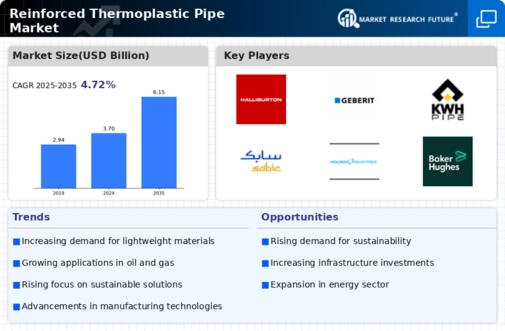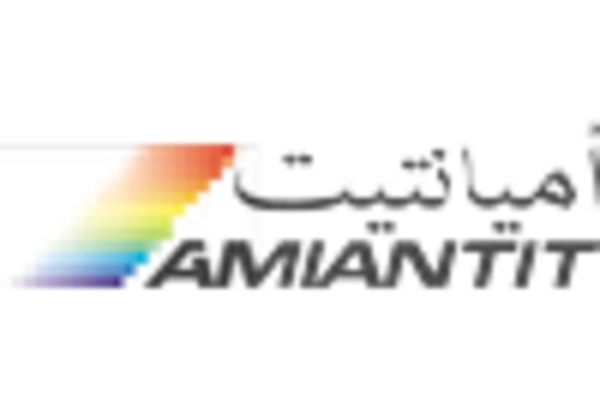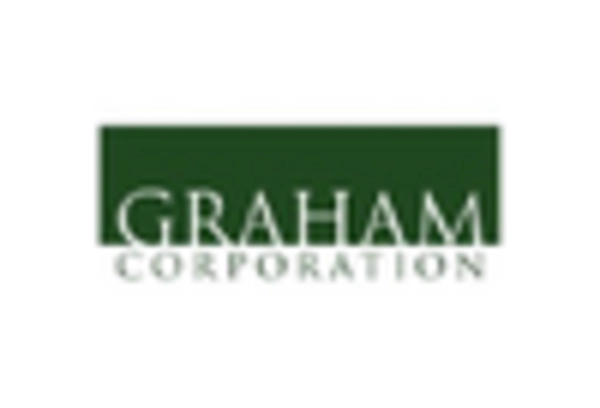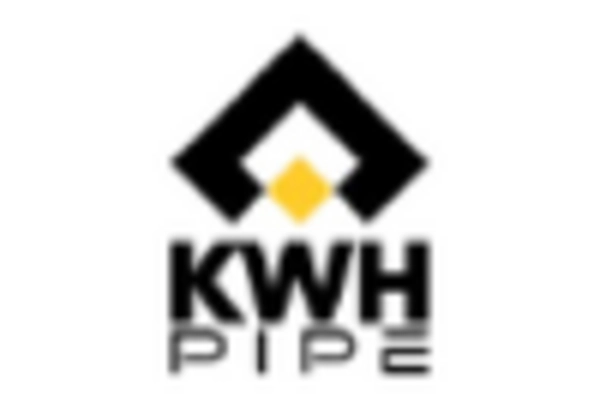Growing Infrastructure Development
Infrastructure development remains a critical driver for the Reinforced Thermoplastic Pipe Market. With urbanization and population growth, there is a pressing need for efficient water supply and drainage systems. Governments and private entities are investing heavily in infrastructure projects, which include the installation of advanced piping systems. The market is projected to witness a compound annual growth rate of around 6 percent over the next few years, largely fueled by these developments. Reinforced thermoplastic pipes, known for their corrosion resistance and longevity, are increasingly favored in these projects, ensuring that they meet the rising demands of modern infrastructure.
Enhanced Performance Characteristics
The performance characteristics of reinforced thermoplastic pipes are a significant factor propelling the Reinforced Thermoplastic Pipe Market. These pipes exhibit superior resistance to chemicals, temperature variations, and pressure, making them ideal for various applications. Their ability to withstand harsh environmental conditions without compromising structural integrity is particularly appealing to industries such as chemical processing and mining. Market data indicates that the adoption of these pipes can lead to a decrease in maintenance costs by up to 30 percent, further enhancing their attractiveness. As industries seek reliable and durable solutions, the performance benefits of reinforced thermoplastic pipes are likely to drive their market growth.
Environmental Regulations and Compliance
The increasing stringency of environmental regulations is influencing the Reinforced Thermoplastic Pipe Market. Governments worldwide are implementing stricter guidelines to reduce environmental impact, particularly in sectors like oil and gas and water management. Reinforced thermoplastic pipes, being recyclable and less harmful to the environment, align well with these regulations. This compliance not only helps companies avoid penalties but also enhances their corporate image. As a result, many organizations are transitioning to these eco-friendly piping solutions, which is expected to contribute to a market growth rate of approximately 5 percent annually. The alignment of reinforced thermoplastic pipes with environmental standards positions them favorably in the market.
Increasing Demand for Lightweight Materials
The Reinforced Thermoplastic Pipe Market is experiencing a notable surge in demand for lightweight materials across various sectors. Industries such as oil and gas, water management, and construction are increasingly adopting reinforced thermoplastic pipes due to their reduced weight compared to traditional materials. This shift not only facilitates easier handling and installation but also contributes to lower transportation costs. As per recent estimates, the lightweight nature of these pipes can lead to a reduction in overall project costs by approximately 15 to 20 percent. Furthermore, the enhanced flexibility and durability of reinforced thermoplastic pipes make them suitable for a wide range of applications, thereby driving their adoption in the market.
Technological Innovations in Pipe Manufacturing
Technological innovations in the manufacturing processes of reinforced thermoplastic pipes are significantly impacting the Reinforced Thermoplastic Pipe Market. Advances in production techniques, such as extrusion and molding, have led to the creation of pipes with enhanced properties, including improved strength and flexibility. These innovations are not only increasing the efficiency of production but also reducing costs, making reinforced thermoplastic pipes more accessible to a broader range of industries. Market analysts suggest that the introduction of smart technologies in pipe manufacturing could further revolutionize the industry, potentially increasing market penetration by 10 to 15 percent in the coming years. The continuous evolution of manufacturing technologies is likely to sustain the growth trajectory of the market.

















Leave a Comment